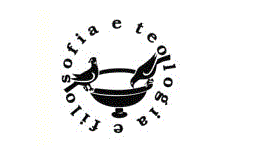


L’articolo intende proporre una lettura paolina estesa dell’Apocalisse di Giovanni a partire dall’uso del termine (ἀποκάλυψις) che ha segnato, se non prodotto, la nascita di un genere. Come quarant’anni prima all’incirca per Paolo, o ancora per i suoi eredi nella provincia romana d’Asia, anche per Giovanni si disegna un quadro in cui estasi, scritture ebraiche, produzione epistolare, autorità profetiche in conflitto si misurano a ridefinire spazi, pratiche e attori urbani.
Starting from John’s use of the term ἀποκάλυψις, a posteriori responsible for the birth of the homonymous literary genre, the article attempts to offer a more in-depth reading of Revelation through a Pauline lens. Just like Paul of Tarsus forty years before, and many of his heirs in the Roman province of Asia during the following decades, John of Patmos tries to redefine urban spaces, practices, and agents by interweaving ecstatic experience, pneumatic revelations, and Hebrew scriptures, and thus fostering in letter form a conflict on prophetic authority against some of his fellow-believers in Jesus, probably more prone to Pauline-oriented behaviors.